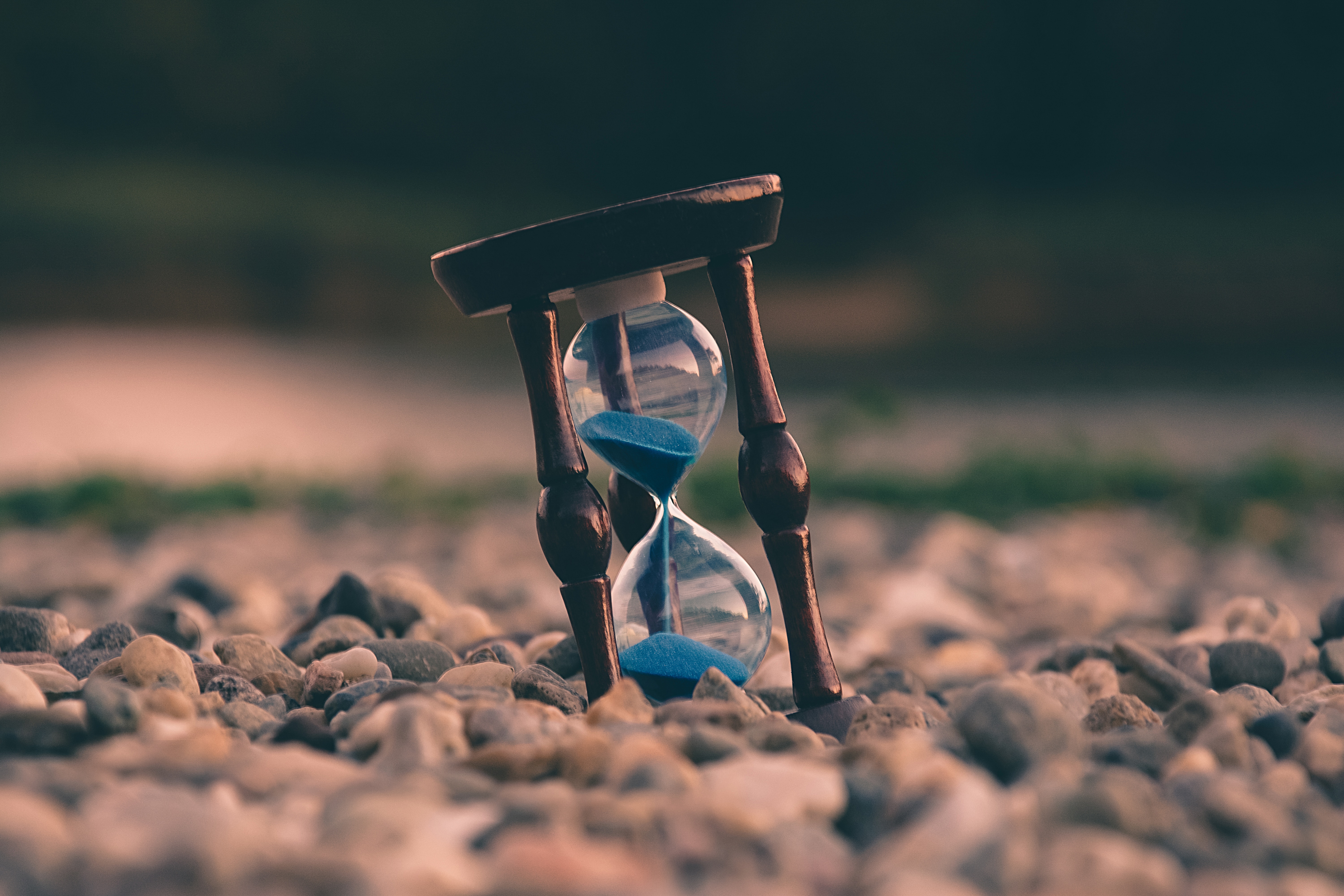Timing is Everything: A Comprehensive Guide to setInterval and clearInterval in JavaScript
 Reddy Divya
Reddy Divya
Introduction
I've been working on a project that involves executing a function repeatedly at a specific interval. I came across this function called setInterval, which seems to do just that. Let's dive into it.
setInterval()
setInterval is a useful method in JavaScript for executing a function repeatedly at a specified time interval. You pass the function you want to run and the time delay in milliseconds as arguments. The function will keep running until you stop it explicitly.
So, if you want to execute a function every 5 seconds, you would use something like setInterval(myFunction, 5000).
The first argument, myFunction, represents the function you want to run, and the second argument, 5000 milliseconds, corresponds to the time delay. This will call myFunction every 5 seconds until you stop it.
But what if you want to stop the repeated execution at some point?
clearInterval()
That's where clearInterval comes into play. When you call setInterval, it returns a unique identifier called the interval ID. To stop the repeated execution, you pass this interval ID to the clearInterval function.
So, if you assign the setInterval call to a variable like
const intervalID = setInterval(myFunction, 5000), then you can later use clearInterval(intervalID) to stop it.
By calling clearInterval(intervalID), you'll halt the execution of myFunction that was set to repeat every 5 seconds.
Here are few example JavaScript programs that explains the concepts of setInterval() and clearInterval()
Example 1: Update HTML Element Periodically
let count = 0; // Variable to keep track of the count
// Function to be executed repeatedly
function incrementCount() {
count++;
console.log("Count: " + count);
}
// Start the interval and store the interval ID
const intervalID = setInterval(incrementCount, 1000); // Executes every 1 second (1000 milliseconds)
// Stop the interval after 5 seconds
setTimeout(function () {
clearInterval(intervalID);
console.log("Interval stopped");
}, 5000); // Stops after 5 seconds (5000 milliseconds)
In this program, we have a variable called count that will be incremented by 1 every second using the incrementCount function. The setInterval function is used to execute incrementCount repeatedly every 1 second (1000 milliseconds).
After 5 seconds (5000 milliseconds), the setTimeout function is used to stop the interval by calling clearInterval and passing the intervalID as the argument. This clears the interval and prevents further execution of the incrementCount function.
Example 2: Create Simple Animation
<!DOCTYPE html>
<html>
<head>
<title>Animation Example</title>
<style>
.box {
width: 50px;
height: 50px;
background-color: red;
position: relative;
}
</style>
</head>
<body>
<div class="box" id="movingBox"></div>
<script>
let position = 0;
const moveSpeed = 2;
const containerWidth = 500;
const boxWidth = 50;
function moveBox() {
position += moveSpeed;
if (position > containerWidth - boxWidth) {
position = 0;
}
const boxElement = document.getElementById("movingBox");
boxElement.style.left = position + "px";
}
const intervalID = setInterval(moveBox, 10); // Moves every 10 milliseconds
setTimeout(function () {
clearInterval(intervalID);
console.log("Interval stopped");
}, 5000); // Stops after 5 seconds
</script>
</body>
</html>
In this example, we have a red box that moves horizontally within a container. The moveBox function is used to update the position of the box, and the setInterval function is used to call moveBox every 10 milliseconds, creating a simple animation. The interval is stopped after 5 seconds using clearInterval.
Example 3: Countdown Timer
<!DOCTYPE html>
<html>
<head>
<title>Countdown Timer</title>
</head>
<body>
<h1>Time Left: <span id="timer">10</span> seconds</h1>
<script>
let timeLeft = 10;
function updateTimer() {
timeLeft--;
document.getElementById("timer").textContent = timeLeft + " seconds";
if (timeLeft === 0) {
clearInterval(intervalID);
console.log("Time's up!");
}
}
const intervalID = setInterval(updateTimer, 1000); // Update every 1 second
</script>
</body>
</html>
In this example, we have a countdown timer that starts at 10 seconds and decrements by 1 second using the updateTimer function. The setInterval function is used to call updateTimer every 1 second,
Example 4: Fetch Data Periodically from an API
async function fetchData() {
try {
const response = await fetch("https://api.example.com/data");
const data = await response.json();
console.log("Fetched data:", data);
} catch (error) {
console.error("Error fetching data:", error);
}
}
const fetchDataInterval = setInterval(fetchData, 5000); // Fetch data every 5 seconds
// After 30 seconds, stop fetching data
setTimeout(function () {
clearInterval(fetchDataInterval);
console.log("Data fetching stopped");
}, 30000);
In this example, the fetchData function is used to fetch data from an API using the Fetch API every 5 seconds. The setInterval function is used to call fetchData at that interval. After 30 seconds, we stop fetching data using clearInterval.
Example 5: Auto-Save Form Data
<!DOCTYPE html>
<html>
<head>
<title>Auto-Save Form</title>
</head>
<body>
<form>
<input type="text" id="username" placeholder="Username">
<input type="text" id="email" placeholder="Email">
</form>
<script>
function saveFormData() {
const username = document.getElementById("username").value;
const email = document.getElementById("email").value;
// Perform saving logic (for demonstration, just log the data)
console.log("Username:", username, "Email:", email);
}
const autoSaveIntervalID = setInterval(saveFormData, 10000); // Save form data every 10 seconds
// Stop auto-saving after 1 minute
setTimeout(function () {
clearInterval(autoSaveIntervalID);
console.log("Auto-saving stopped");
}, 60000);
</script>
</body>
</html>
In this example, we have a simple form with two input fields. The saveFormData function is used to get the data from the input fields and simulate saving it (e.g., to a server, database, or local storage). The setInterval function is used to call saveFormData every 10 seconds for auto-saving. After 1 minute, we stop auto-saving using clearInterval.
Example 6: Image Slideshow
<!DOCTYPE html>
<html>
<head>
<title>Image Slideshow</title>
</head>
<body>
<img src="" alt="Slideshow" id="slideshowImg">
<script>
const images = [
"https://images.unsplash.com/photo-1682687980961-78fa83781450?ixlib=rb-4.0.3&ixid=M3wxMjA3fDB8MHx0b3BpYy1mZWVkfDJ8NnNNVmpUTFNrZVF8fGVufDB8fHx8fA%3D%3D&auto=format&fit=crop&w=500&q=60",
"https://images.unsplash.com/photo-1687626835694-2b7c6a352f1b?ixlib=rb-4.0.3&ixid=M3wxMjA3fDB8MHx0b3BpYy1mZWVkfDF8NnNNVmpUTFNrZVF8fGVufDB8fHx8fA%3D%3D&auto=format&fit=crop&w=500&q=60",
"https://images.unsplash.com/photo-1687366070608-df4bbbcc195c?ixlib=rb-4.0.3&ixid=M3wxMjA3fDB8MHx0b3BpYy1mZWVkfDR8NnNNVmpUTFNrZVF8fGVufDB8fHx8fA%3D%3D&auto=format&fit=crop&w=500&q=60",
];
let currentImageIndex = 0;
function changeImage() {
document.getElementById("slideshowImg").src = images[currentImageIndex];
currentImageIndex = (currentImageIndex + 1) % images.length;
}
const slideshowInterval = setInterval(changeImage, 3000); // Change image every 3 seconds
// Stop the slideshow after 15 seconds
setTimeout(function () {
clearInterval(slideshowInterval);
alert("Slideshow stopped");
}, 15000);
</script>
</body>
</html>
In this example, we have an image element that displays a slideshow. The images array contains the URLs of the images to be shown in the slideshow. The changeImage function is used to update the src attribute of the image element to display the next image. The setInterval function is used to call changeImage every 3 seconds, cycling through the images. After 15 seconds, the slideshow is stopped using clearInterval.
These examples illustrate how setInterval and clearInterval can be utilized for various purposes, such as fetching data periodically, auto-saving form data, creating animations, and implementing image slideshows. You can modify these examples or come up with your own use cases to explore the full potential of these functions in JavaScript.
Conclusion
We can already think of so many ways this will come in handy for our project. Thanks for explaining it so clearly. setInterval and clearInterval are powerful tools when you need to perform actions at specific intervals, like updating live data, animating elements, or implementing auto-saving features. Happy Coding!
Subscribe to my newsletter
Read articles from Reddy Divya directly inside your inbox. Subscribe to the newsletter, and don't miss out.
Written by

Reddy Divya
Reddy Divya
Passionate React JS developer on a journey to build captivating web experiences. Sharing insights and knowledge through blogging to empower the developer community.